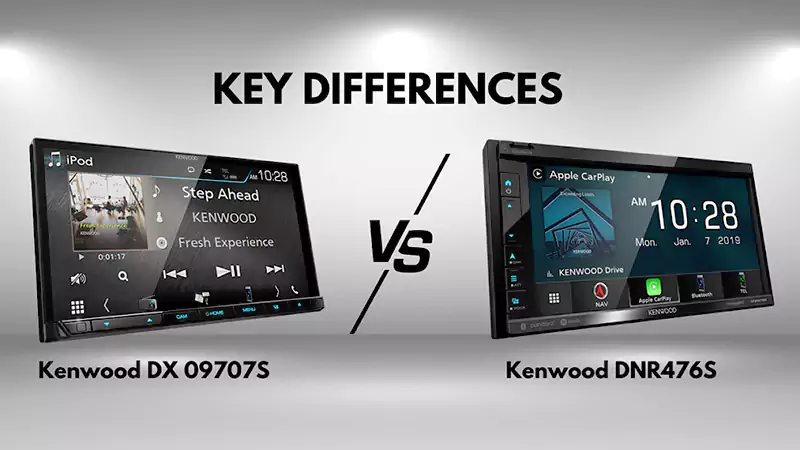A Beginner’s Guide to Understanding Abstract Art: Exploring Form, Color, and Expression

Abstract art defies norms concerning traditional art.
Unlike its realistic counterparts that portray the visual world accurately, abstract art instead focuses on the inner, emotional aspect, using shapes, forms, colors, and textures to communicate feelings or ideas.
It is a visual language that transcends our physical reality, often described as nonrepresentational or non-objective.
However, creating compelling abstract art requires knowledge, skill, and imagination.
Importance and Significance of Understanding Abstract Art
- Personal Interpretation: Its beauty stems from its ambiguity, leaving room for interpretation. Your understanding is unique and deeply personal.
- Emotional Connection: One can draw emotional and intellectual stimulation from works that don’t conform to conventional aesthetics.
- Freedom of Expression: By its nature, it defies the rules and standards of traditional art. It can let you appreciate the creative freedom and innovation the creator brings to the table.
In essence, understanding it allows you to glimpse the boundless possibilities of human imagination and creativity.
Exploring the Elements of Abstract Art
Once you’ve acquainted yourself with its components, it becomes a lot more comprehensible and fascinating.
Understanding Form in Abstract Art
The ‘form’ is defined as the shapes and structures within an artwork.
Be it the amorphous blobs of Mark Rothko’s masterpiece or the rigid cubes of a Picasso creation, shapes are a decisive component of form in abstract creation.
For example, cubes, spheres, and cylinders give a sense of solidity and weight.
Lines are another vital tool creators use to shape the form. Slim lines may indicate frailty and thick lines might represent strength or permanence.
Interesting Fact:
Beginning in the 1950s, within European and American painting and sculpture, abstract art was an accepted and widely practiced approach.
Creating a form requires a certain degree of freedom and experimentation. From painting to sculpting, creators employ various techniques:
- Using different mediums, brushes, and utensils to create different textures
- Layering colors and using gradients to give depth to the pieces
- Playing with balance and asymmetry to bring dynamism to the work
In the end, the only boundary to form creation is the artist’s imagination.
The Role of Color in Abstract Art
Colors can capture emotions, evoke imagination, and symbolize elements that are otherwise hard to articulate.
Color theory is the foundation for the relationship between colors. Artists can leverage the interplay between contrasting and complementary colors.
- Analogous colors: Illustrate harmony and serenity.
- Complementary colors: Depicts contrast and variety.
- Triadic colors: Creates dynamic tension in artwork.
It will let you acknowledge the depths of artwork and fuel your exploration if you’re dabbling in the abstract art world.
Do You Know?:
There were two golden periods of abstract art i.e., between 1912 and 1925 and between 1947 and 1970.
Shades can have profound symbolic meanings. Bright, vibrant colors might express joy or excitement, and darker tones could represent melancholy or mystery.
However, remember that color symbolism can differ depending on the perspective of the viewer or the personal intent of the artist.
Expressing Emotions through Abstract Art
Emotional expression is a key element that sets it apart. Abstract art allows artists to express feelings and ideas that can’t easily be put into words.
Emotion in abstract art can be expressed in color, form, and brush strokes. For instance,
- Bright, saturated colors express joy or excitement
- Dark, muted colors signify sorrow or confusion
- Spiky, rough forms depict anger or chaos
- Smooth, flowing forms signify calmness or serenity
When each artist’s methods vary, certain techniques can be used to convey emotion.
For instance, contrasting colors can create tension and harmonious colors can evoke calm.
Understanding emotion in abstract artistic creation is all about quieting your mind and focusing on how a piece makes you feel.
Interpreting Abstract Art

Abstract art is truly an enigma wrapped in a riddle, surrounded by a mystery.
What does it mean? Why does it look…abstract? What’s going on here? These might be some of the questions rocking your mind. Let’s tackle this challenge together!
Developing Your Personal Interpretation of Abstract Art
It’s all about how you perceive and connect with the artwork. Here are a few steps for you:
- Start by determining your initial emotional response and see if it makes you feel calm, unsettled, or inspired.
- Take note of the colors used. For example, bright hues often evoke joy and energy.
- The shapes and lines can indicate movement, harmony, or even discord.
Understanding the Subjectivity of Abstract Art
Abstract creation is completely subjective. Everyone’s interpretation will be different, and that’s the beauty of it!

Statistics:
Research indicated that in 2022, the total value of transactions in the art market worldwide amounted to 67.8 billion U.S. dollars.
You could find different meanings every time you look at it – influenced by your life experiences, feelings, or just the mood of the day.
Tips for Appreciating Abstract Art
Abstract art can often appear mysterious and challenging to understand for beginners. Luckily, there are ways to gain a deeper appreciation for this unique style of artistic creation.
Dedicate some time to research and learn about famous abstract creators such as Wassily Kandinsky (inspired by music and color theory), Pablo Picasso, and Joan Miró (exploration of dreams and the subconscious).
Understanding the context behind each creator’s works tends to shed light on their abstract designs.
Nothing beats the enriching experience of seeing abstract creation in person.
Visiting local art galleries, exhibitions, or even artistry fairs to observe the scale, colors, and textures up close often offers a different perspective and could lead to a new appreciation for the creation.
Why not try your hand at creating your abstract creation? You can start with simple exercises like:
- Using shapes and colors to express an emotion
- Painting the same scene several times, each time simplifying it more
- Abstracting stocks photos by focusing on their color or geometry
Experimenting with abstract art yourself, you’ll better understand the challenges and joys.
Conclusion
Understanding abstract art can often feel like deciphering a secret language.
The abstract world allows us to grasp nonconformity, originality, and the purest essence of expressions.
The use of color in abstract painting is often symbolic and instrumental in communicating emotions and ideas.
Your interpretation of what you see is valid, even if it differs from the creator’s intention. There’s no wrong way to look at abstract creation. The beauty of this genre is that it’s open to interpretation.
Trust your instincts and let the art speak to you. It’s a beautiful journey – will you embark on it?









